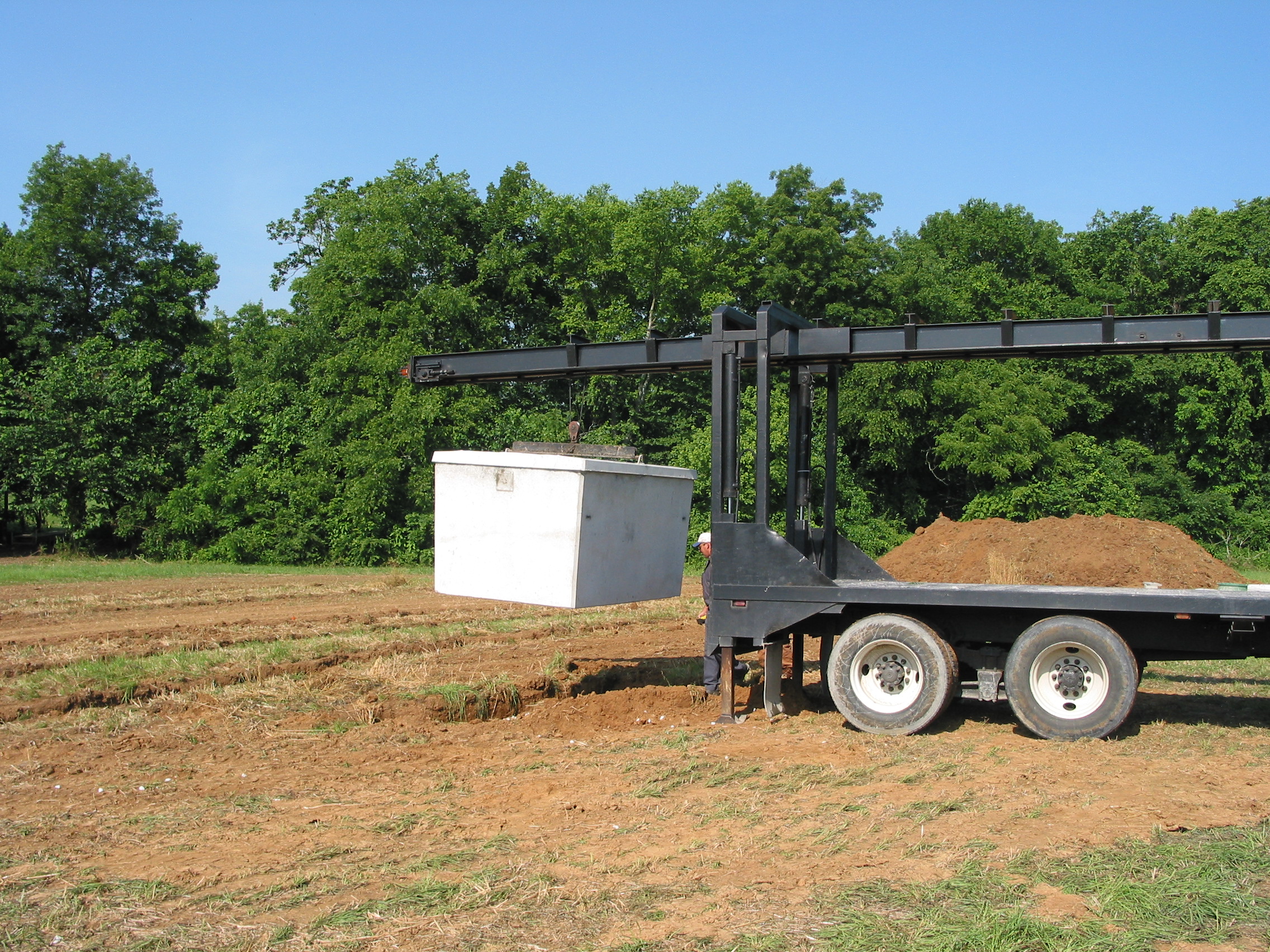
Center for Decentralized Wastewater Management
Table of Contents
Advanced Wastewater Treatment System O&M Workshop
Subsurface Drip Irrigation Design Guidelines from TVA
Tennessee Onsite Wastewater Association (TOWA)
BsE 532 Onsite Domestic Wastewater Treatment, Dispersal, and Reuse
|
|||||||||||||
|
Presence, Persistence, and Fate of Triclosan |
|||||||||||||
OverviewTriclosan (TCS) is an antimicrobial agent added to various consumer care products such as toothpaste, soaps, mouthwash, and household cleaners as well as textiles including sportswear, shoes, and bathroom accessories. TCS is also incorporated into a number of children’s toys. Due to the increased desire for hygiene products by the public, TCS usage has increased over recent years. The primary pathway that this compound enters the environment is the washing of TCS products down-the-drain during their normal use. TCS has been found to persist in the environment for periods longer than once expected. Many studies have been conducted on the effectiveness of wastewater treatment plants in the removal of triclosan with varying results. However, research that explores the effectiveness of TCS removal in an on-site system is limited. ObjectivesThe purpose of this project is to gain
a wider understanding of the loss mechanisms associated with the dispersion
of TCS in the environment via on-site wastewater systems. Loss mechanisms
include photodegradation, biological and chemical degradation, sorption into
soil and sediment, and biological methylation. This project will focus on
the loss mechanisms associated with the transport of TCS through soil.
Effluent from on-site systems is dispersed throughout the soil in various
ways as a means of treatment by soil filtration before reaching groundwater
and other water bodies. Understanding and characterizing this movement will
aid in predicting its bioavailability allowing an assessment on the impact
to the human, aquatic, and wildlife environment. |
|||||||||||||
|
|
|
||||||||||||
